ART NEWS:March 05
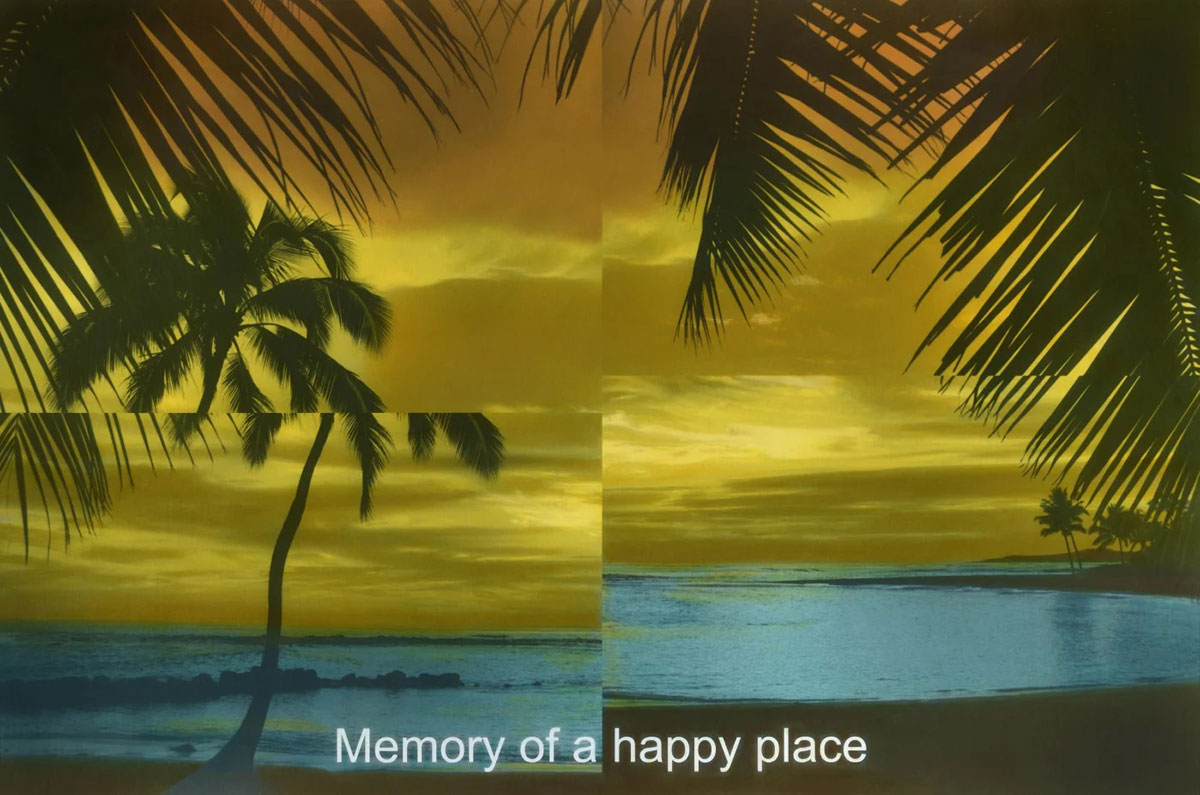 Youssef Nabil in his solo exhibition “Memory of a Happy Place” presents a series of twenty photographs, as well as a new film. Largely made up of self-portraits and landscapes, the exhibition explores the themes of exile, fate and memory through the lens of the poem “Ithaca” , written by Constantine P. Cavafy, a great source of inspiration for the artist. Much akin to the Greek poet, Youssef Nabil captures the portrait of a life built in exile through a voyage with no end in sight, away from a homeland whose greatest gift becomes the incentive to leave. Thus, the photographs of the exhibition map the artist’s psycho geographic topography, charting an emotional geography dotted with the places near and dear to his life. This pilgrimage into the artist’s psyche also translates the stuff of dreams linked to the experiences memory alters to provide a romanticized storyline. The split composition of some of the photographs echoes this reflection on the deceit of memory. Info: Nathalie Obadia Gallery, 3 rue du Cloître Saint Merri, Paris, France, Duration: 19/3-7/5/2022, Days & Hours: Mon-Sat 11:00-91:00, www.nathalieobadia.com
Youssef Nabil in his solo exhibition “Memory of a Happy Place” presents a series of twenty photographs, as well as a new film. Largely made up of self-portraits and landscapes, the exhibition explores the themes of exile, fate and memory through the lens of the poem “Ithaca” , written by Constantine P. Cavafy, a great source of inspiration for the artist. Much akin to the Greek poet, Youssef Nabil captures the portrait of a life built in exile through a voyage with no end in sight, away from a homeland whose greatest gift becomes the incentive to leave. Thus, the photographs of the exhibition map the artist’s psycho geographic topography, charting an emotional geography dotted with the places near and dear to his life. This pilgrimage into the artist’s psyche also translates the stuff of dreams linked to the experiences memory alters to provide a romanticized storyline. The split composition of some of the photographs echoes this reflection on the deceit of memory. Info: Nathalie Obadia Gallery, 3 rue du Cloître Saint Merri, Paris, France, Duration: 19/3-7/5/2022, Days & Hours: Mon-Sat 11:00-91:00, www.nathalieobadia.com
 New and historical works by Barbara Kruger are on show at the Sprüth Magers Gallery in Los Angeles. As visitors enter the gallery, they first encounter Kruger’s large-scale triptych, “Untitled (Never Perfect Enough)’ (2020). Presented on adjacent walls, we see the face of a young model, in profile and from the back, demonstrating an elaborate hairstyling system of curlers and clips and tinted according to the design-language of red, green and blue (RGB). In all-caps letters, the three panels consecutively announce NEVER, PERFECT, ENOUGH, invoking the lengths to which people go to attain society’s impossible ideals of perfection. Kruger’s triptych updates this urge to divide, categorize and control, situating these long-standing human pursuits squarely in the present while simultaneously picturing the connections between “beauty” and the punishing regimens that accompany it. A group of twenty collages from the 1980s, related to some of Kruger’s early and best-known works, completes the exhibition. The artist refers to these objects as “paste-ups,” the term for cut-and-paste mockups used in the field of graphic design, which reflects Kruger’s time as an editorial designer for Mademoiselle magazine and her work designing book jackets and picture editing in the late 1960s and 1970s. Info: Sprüth Magers Gallery, 5900 Wilshire Blvd, Los Angeles, CA, USA, Duration: 19/3-16/7/2022, Days & Hours: Tue-Sat 12:00-17:00, https://spruethmagers.com
New and historical works by Barbara Kruger are on show at the Sprüth Magers Gallery in Los Angeles. As visitors enter the gallery, they first encounter Kruger’s large-scale triptych, “Untitled (Never Perfect Enough)’ (2020). Presented on adjacent walls, we see the face of a young model, in profile and from the back, demonstrating an elaborate hairstyling system of curlers and clips and tinted according to the design-language of red, green and blue (RGB). In all-caps letters, the three panels consecutively announce NEVER, PERFECT, ENOUGH, invoking the lengths to which people go to attain society’s impossible ideals of perfection. Kruger’s triptych updates this urge to divide, categorize and control, situating these long-standing human pursuits squarely in the present while simultaneously picturing the connections between “beauty” and the punishing regimens that accompany it. A group of twenty collages from the 1980s, related to some of Kruger’s early and best-known works, completes the exhibition. The artist refers to these objects as “paste-ups,” the term for cut-and-paste mockups used in the field of graphic design, which reflects Kruger’s time as an editorial designer for Mademoiselle magazine and her work designing book jackets and picture editing in the late 1960s and 1970s. Info: Sprüth Magers Gallery, 5900 Wilshire Blvd, Los Angeles, CA, USA, Duration: 19/3-16/7/2022, Days & Hours: Tue-Sat 12:00-17:00, https://spruethmagers.com
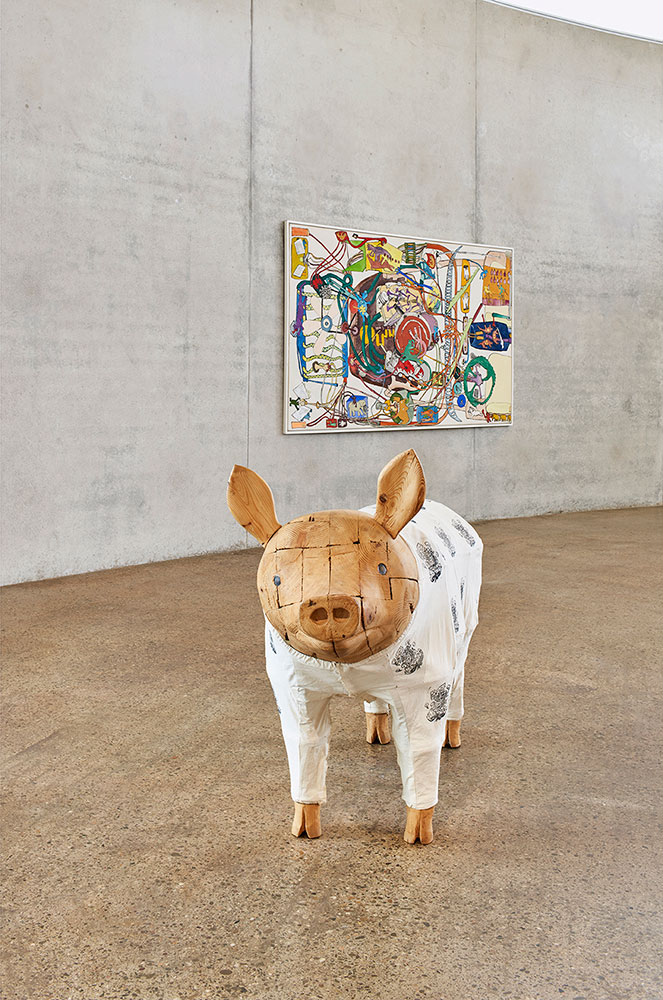 Bertram Jesdinsky presents his solo exhibition. The artist founded the “Anarchistische GummiZelle” (Anarchist Padded Cell) with friends in 1980; he painted graffiti and air-sprayed pictures on the walls of derelict houses and empty billboards, made music, shot Super 8 mm films and did performances. He extended his paintings to become walk-in sculptural rooms. The small objects related to these outline the world which fascinated Jesdinsky – everyday life in the Federal Republic of his childhood years. The food processors that he collected in view of their scurrilous nature belong here too. Animals play an important role in Jesdinsky’s paintings. They resemble cut-outs and are rendered in striking colours. The images of an optimistic future-oriented world of motorways and trams are conceived in a graphic mode, with the figures shown against a brilliantly colourful backdrop. They tell stories full of precisely observed details, with animals causing havoc in between. There are also painted carpets in which figures are transformed into ornamental patterns. Info: Curator: Dieter Schwarz, The Skulpturenhalle, Neuss/Holzheim, Lindenweg, Junction Berger Weg (Near Raketenstation), Germany, Duration: 1/4-7/8/2022, Days & Hours: Fri-Sun 10:00-18:00, https://thomas-schuette-stiftung.de
Bertram Jesdinsky presents his solo exhibition. The artist founded the “Anarchistische GummiZelle” (Anarchist Padded Cell) with friends in 1980; he painted graffiti and air-sprayed pictures on the walls of derelict houses and empty billboards, made music, shot Super 8 mm films and did performances. He extended his paintings to become walk-in sculptural rooms. The small objects related to these outline the world which fascinated Jesdinsky – everyday life in the Federal Republic of his childhood years. The food processors that he collected in view of their scurrilous nature belong here too. Animals play an important role in Jesdinsky’s paintings. They resemble cut-outs and are rendered in striking colours. The images of an optimistic future-oriented world of motorways and trams are conceived in a graphic mode, with the figures shown against a brilliantly colourful backdrop. They tell stories full of precisely observed details, with animals causing havoc in between. There are also painted carpets in which figures are transformed into ornamental patterns. Info: Curator: Dieter Schwarz, The Skulpturenhalle, Neuss/Holzheim, Lindenweg, Junction Berger Weg (Near Raketenstation), Germany, Duration: 1/4-7/8/2022, Days & Hours: Fri-Sun 10:00-18:00, https://thomas-schuette-stiftung.de
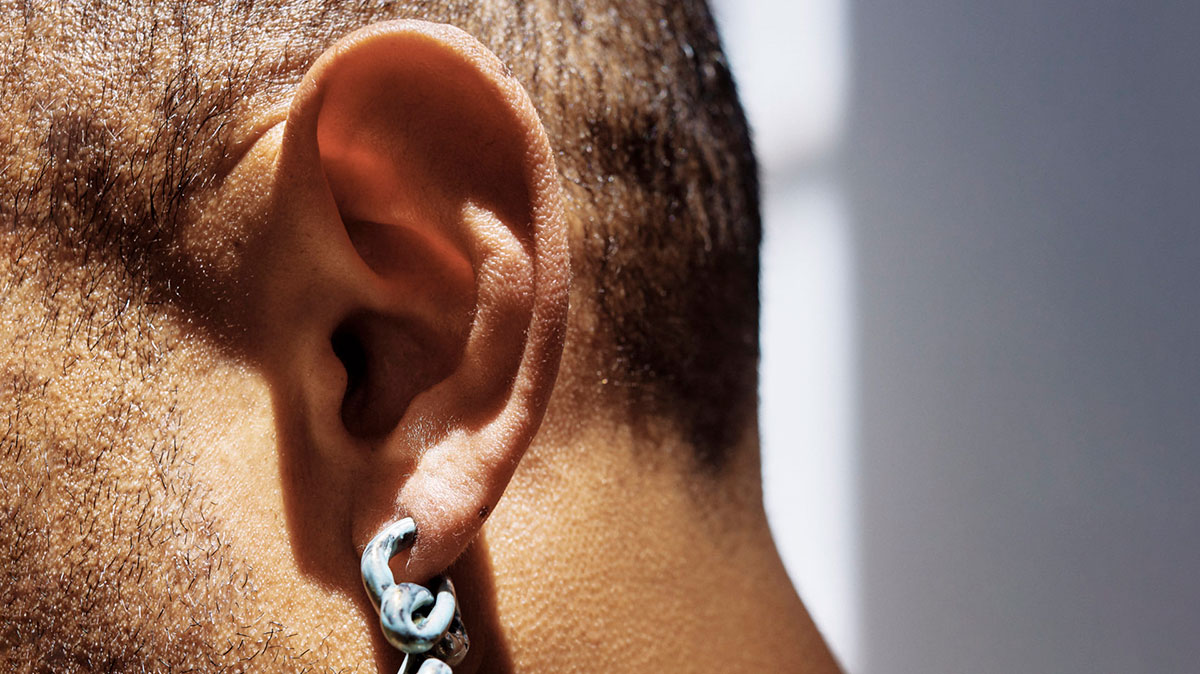 Drawing on her background in performance, curating and collaborative models of making, Adelaide-based artist Frances Barrett has expanded the solo commissioning focus of the Katthy Cavaliere Fellowship to present “Meatus”, anew sonic compositions and live performances by multiple artists. Alongside a major sound installation developed by Barrett, Hayley Forward and Brian Fuata, Barrett has curated three specially commissioned sound compositions by artists Nina Buchanan, Del Lumanta and Sione Teumohenga, and invited a series of incursions by Debris Facility Pty Ltd, each of whom have responded to the concept of the exhibition. The “meatus” is an opening or passage leading to the interior of the body, such as the ear canal and nasal passages. Encompassing a range of sensations and functions, the plurality of meatus became a way for Barrett to explore practices of listening that decentre the ear to activate the entire body, attuned to both conscious responses and unconscious intensities. Info: Curator: Annika Kristensen, ACCA (Australian Centre for Contemporary Art), 111 Sturt Street, Southbank VIC 3006, Melbourne, Australia, Duration: 2/4-1/6/2022, Days & Hours: Tue-Fri 10:00-17:00, Sat-Sun 11:00-17:00, https://acca.melbourne/
Drawing on her background in performance, curating and collaborative models of making, Adelaide-based artist Frances Barrett has expanded the solo commissioning focus of the Katthy Cavaliere Fellowship to present “Meatus”, anew sonic compositions and live performances by multiple artists. Alongside a major sound installation developed by Barrett, Hayley Forward and Brian Fuata, Barrett has curated three specially commissioned sound compositions by artists Nina Buchanan, Del Lumanta and Sione Teumohenga, and invited a series of incursions by Debris Facility Pty Ltd, each of whom have responded to the concept of the exhibition. The “meatus” is an opening or passage leading to the interior of the body, such as the ear canal and nasal passages. Encompassing a range of sensations and functions, the plurality of meatus became a way for Barrett to explore practices of listening that decentre the ear to activate the entire body, attuned to both conscious responses and unconscious intensities. Info: Curator: Annika Kristensen, ACCA (Australian Centre for Contemporary Art), 111 Sturt Street, Southbank VIC 3006, Melbourne, Australia, Duration: 2/4-1/6/2022, Days & Hours: Tue-Fri 10:00-17:00, Sat-Sun 11:00-17:00, https://acca.melbourne/
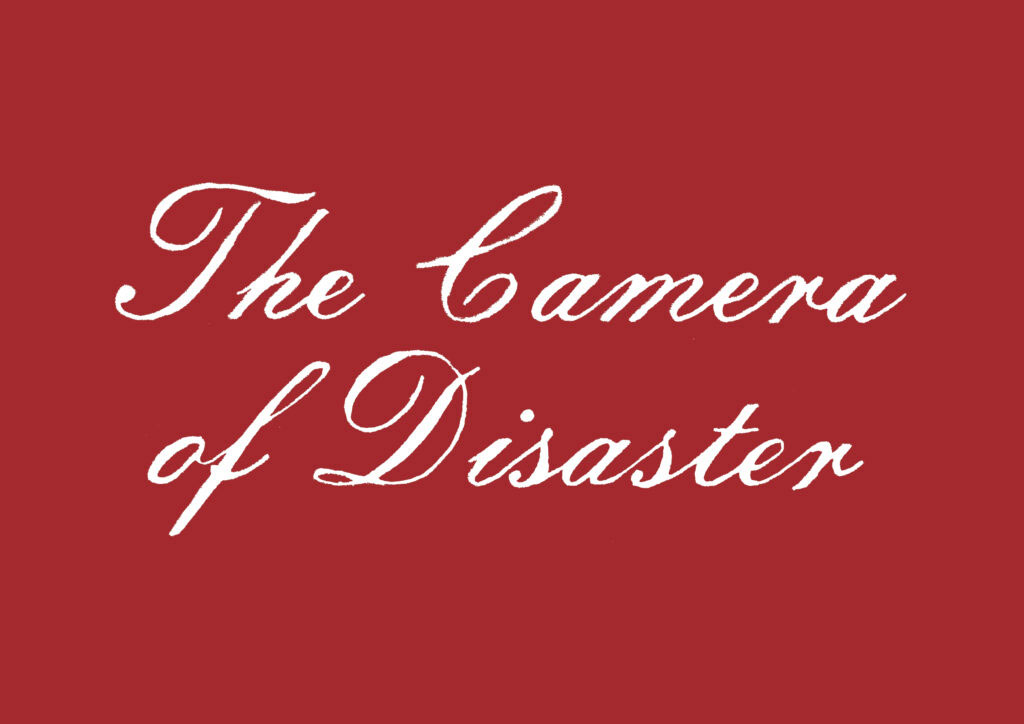 The exhibition “The Camera of Disaster” by Studio for Propositional Cinema positions photography as a medium on the brink of potential extinction. Set within a broader context of cultural and ecological crises, the exhibition focuses on the vulnerabilities of photographic image-making, while proposing the preservation of archaic photographic techniques that could help ensure its long-term survival. As outlined in Studio for Propositional Cinema’s text Ancient Knowledge Survival Kit, “once photography has fully left the analogue world, all image-making tools and the images they produce will not belong to us. This is the horizon of our blindness. We can retain the possibility of making our own images by regaining control of the apparatus of image-making, keeping production recipes and knowledge open-source and available, and building and maintaining networks for their distribution, like how illicit knowledge was retained and passed along in the so-called Dark Ages”. The exhibition seeks to reclaim the means of production in order to imagine a form of image-making that could be preserved within futures where photography is made illegal or the technology is lost within disaster scenarios such as breakdowns of electricity grids or loss of industrial production capabilities. Beyond a call to preserve photography itself, the work highlights photography within a network of other communicational and expressive forms that are in danger of being handed over to corporations and governments that can then, at will, control their use. Info: Städtisches Museum Abteiberg, Absteir 27, Mönchengladbach, Germany, Duration: 3/4-25/9/2022, Days & Hours: Tue-Fri 11:00-17:00, Sat-Sun 11:00-18:00, https://museum-abteiberg.de/
The exhibition “The Camera of Disaster” by Studio for Propositional Cinema positions photography as a medium on the brink of potential extinction. Set within a broader context of cultural and ecological crises, the exhibition focuses on the vulnerabilities of photographic image-making, while proposing the preservation of archaic photographic techniques that could help ensure its long-term survival. As outlined in Studio for Propositional Cinema’s text Ancient Knowledge Survival Kit, “once photography has fully left the analogue world, all image-making tools and the images they produce will not belong to us. This is the horizon of our blindness. We can retain the possibility of making our own images by regaining control of the apparatus of image-making, keeping production recipes and knowledge open-source and available, and building and maintaining networks for their distribution, like how illicit knowledge was retained and passed along in the so-called Dark Ages”. The exhibition seeks to reclaim the means of production in order to imagine a form of image-making that could be preserved within futures where photography is made illegal or the technology is lost within disaster scenarios such as breakdowns of electricity grids or loss of industrial production capabilities. Beyond a call to preserve photography itself, the work highlights photography within a network of other communicational and expressive forms that are in danger of being handed over to corporations and governments that can then, at will, control their use. Info: Städtisches Museum Abteiberg, Absteir 27, Mönchengladbach, Germany, Duration: 3/4-25/9/2022, Days & Hours: Tue-Fri 11:00-17:00, Sat-Sun 11:00-18:00, https://museum-abteiberg.de/
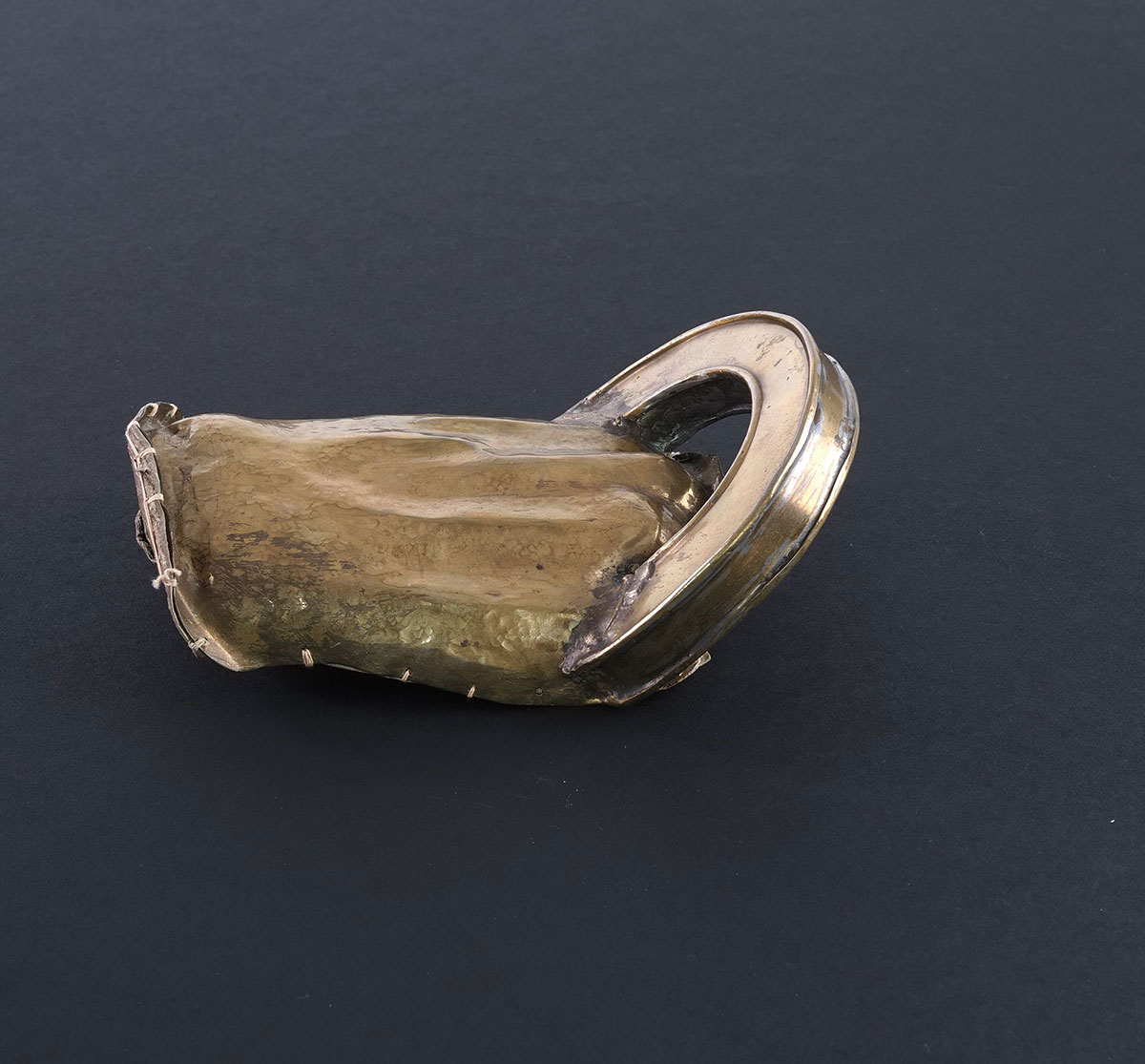 The exhibition “Richard Wagner and the Nationalization of Feeling” deals with Wagner’s staging of concrete emotions and examines the history of his concepts in the context of the 19th century. In the course of the 19th century Richard Wagner wore many different hats – as a musician in the employ of the royal court, as an author, a revolutionary, an exile, an insolvent debtor, the protégé of wealthy patrons and of a king, as a theatre reformer, founder of a festival, composer. He was not only witness to political upheavals and movements, but also registered, took up and (re-)shaped the social and emotional sensitivities of his time – as an artist, but also as an entrepreneur. In these capacities, Wagner reveals himself as a technician of emotions who identified and redefined the social significance of art – and the artist – in an increasingly commercialised world. To this end, he developed strategies in which emotions play a leading role. His concept of music drama as a “Gesamtkunstwerk”, a synthesis of the arts, always also implied a critique of Modernity. In this way it was marked by the ambition to change not only the individual, but also society as a whole – a desire which we also find in Karl Marx, yet in a different form and manifestation. Wagner was an anti-Semite. To what degree his staging of emotions, his ideas of music and art, his fantasy of oppression and redemption, as well as his critique of Modernity were influenced by this anti-Semitism, or if it constituted anti-Semitism itself, remains controversial to this day. Info: Curator Michael Steinberg, Scientific co-curator: Katharina J. Schneider, Deutsches Historisches Museum, Unter den Linden 2, Berlin, Germany, Duration: 8/4-11/9/2022, Days & Hours: Fri-Wed 10:00-18:00, Thu 10:00-20:00, www.dhm.de
The exhibition “Richard Wagner and the Nationalization of Feeling” deals with Wagner’s staging of concrete emotions and examines the history of his concepts in the context of the 19th century. In the course of the 19th century Richard Wagner wore many different hats – as a musician in the employ of the royal court, as an author, a revolutionary, an exile, an insolvent debtor, the protégé of wealthy patrons and of a king, as a theatre reformer, founder of a festival, composer. He was not only witness to political upheavals and movements, but also registered, took up and (re-)shaped the social and emotional sensitivities of his time – as an artist, but also as an entrepreneur. In these capacities, Wagner reveals himself as a technician of emotions who identified and redefined the social significance of art – and the artist – in an increasingly commercialised world. To this end, he developed strategies in which emotions play a leading role. His concept of music drama as a “Gesamtkunstwerk”, a synthesis of the arts, always also implied a critique of Modernity. In this way it was marked by the ambition to change not only the individual, but also society as a whole – a desire which we also find in Karl Marx, yet in a different form and manifestation. Wagner was an anti-Semite. To what degree his staging of emotions, his ideas of music and art, his fantasy of oppression and redemption, as well as his critique of Modernity were influenced by this anti-Semitism, or if it constituted anti-Semitism itself, remains controversial to this day. Info: Curator Michael Steinberg, Scientific co-curator: Katharina J. Schneider, Deutsches Historisches Museum, Unter den Linden 2, Berlin, Germany, Duration: 8/4-11/9/2022, Days & Hours: Fri-Wed 10:00-18:00, Thu 10:00-20:00, www.dhm.de
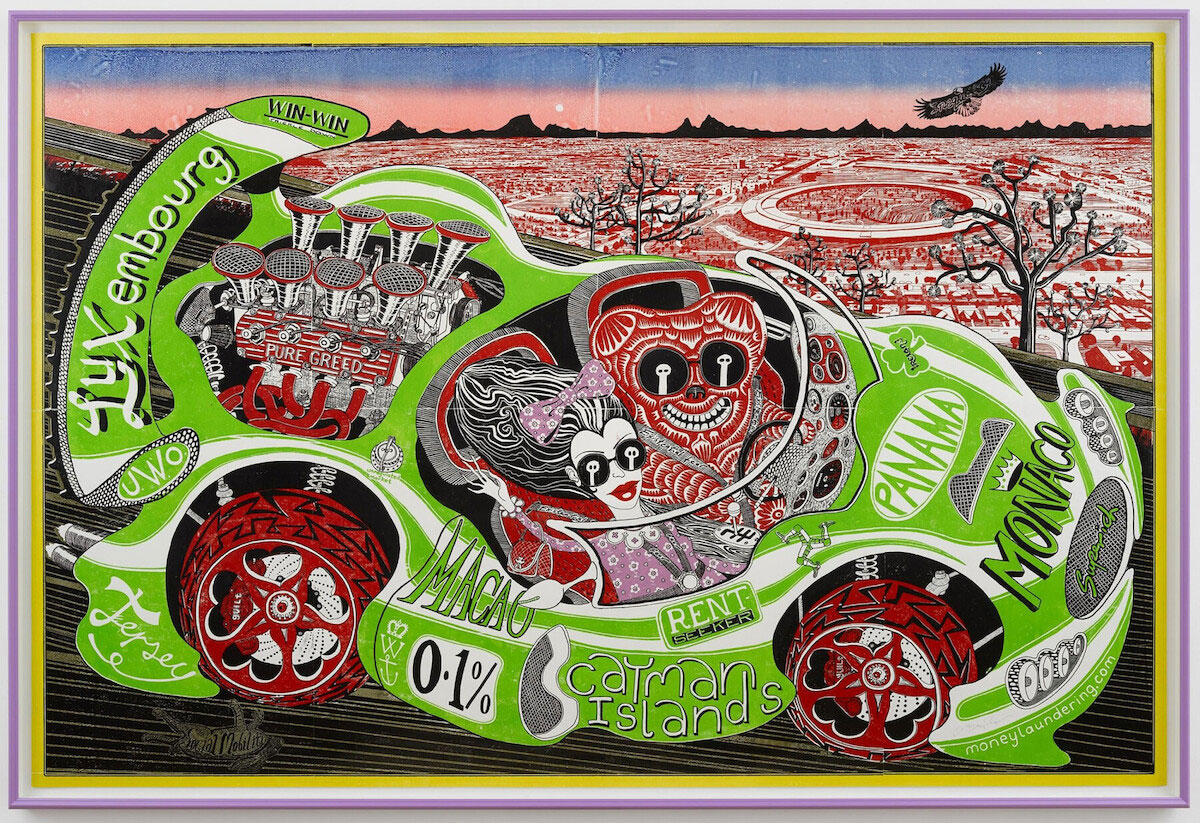 With a selection of 130 modern and contemporary galleries from some twenty different countries, the 24th edition of Art Paris Art Fair is characterized by its commitment in favour of the environment with two themes – “Natural Histories” and “Art & Environment”- combined with an innovative and sustainable approach to organising an art fair. With “Natural Histories”, a focus on the French scene, independent exhibition curator Alfred Pacquement will share his perspective on the French scene with a selection of 20 artists from different generations, whilst considering the way in which these artists see the natural world and how plants and animals have once again found their place in the contemporary aesthetic. Independent exhibitor curator, environmental specialist and Art of Change 21 founder Alice Audouin, will orchestrate “Art & Environment” a selection of seventeen French and international artists (selected from amongst the exhibiting galleries), whose work tackles environmental issues such as global warming and the loss of biodiversity. Info: Fair director: Guillaume Piens, Art Paris Art Fair, Grand Palais Éphémère, 2 Plateau Joffre, Paris, France, Duration: 7-10/4/2022, Days & Hours: Tue & Sat-Sun ( 7 & 9-10/4) 12:00-20:00, Fri (8/4) 12:00-21:00, Admission: Tur & Fri 25€ / 14€ for students and groups Sat & Sun 30€ / 16€ for students and groups 2-day pass: 35€ / 20€ for students and groups, Free entry for children under 10 years old, www.artparis.com
With a selection of 130 modern and contemporary galleries from some twenty different countries, the 24th edition of Art Paris Art Fair is characterized by its commitment in favour of the environment with two themes – “Natural Histories” and “Art & Environment”- combined with an innovative and sustainable approach to organising an art fair. With “Natural Histories”, a focus on the French scene, independent exhibition curator Alfred Pacquement will share his perspective on the French scene with a selection of 20 artists from different generations, whilst considering the way in which these artists see the natural world and how plants and animals have once again found their place in the contemporary aesthetic. Independent exhibitor curator, environmental specialist and Art of Change 21 founder Alice Audouin, will orchestrate “Art & Environment” a selection of seventeen French and international artists (selected from amongst the exhibiting galleries), whose work tackles environmental issues such as global warming and the loss of biodiversity. Info: Fair director: Guillaume Piens, Art Paris Art Fair, Grand Palais Éphémère, 2 Plateau Joffre, Paris, France, Duration: 7-10/4/2022, Days & Hours: Tue & Sat-Sun ( 7 & 9-10/4) 12:00-20:00, Fri (8/4) 12:00-21:00, Admission: Tur & Fri 25€ / 14€ for students and groups Sat & Sun 30€ / 16€ for students and groups 2-day pass: 35€ / 20€ for students and groups, Free entry for children under 10 years old, www.artparis.com
